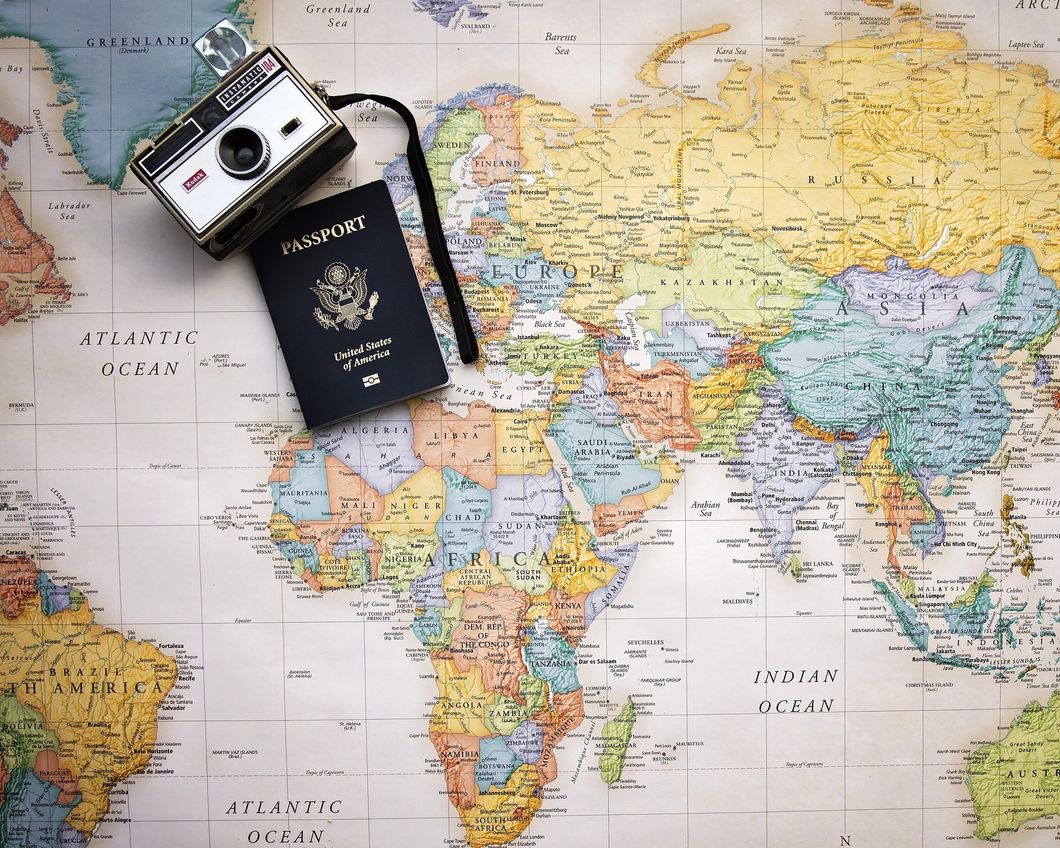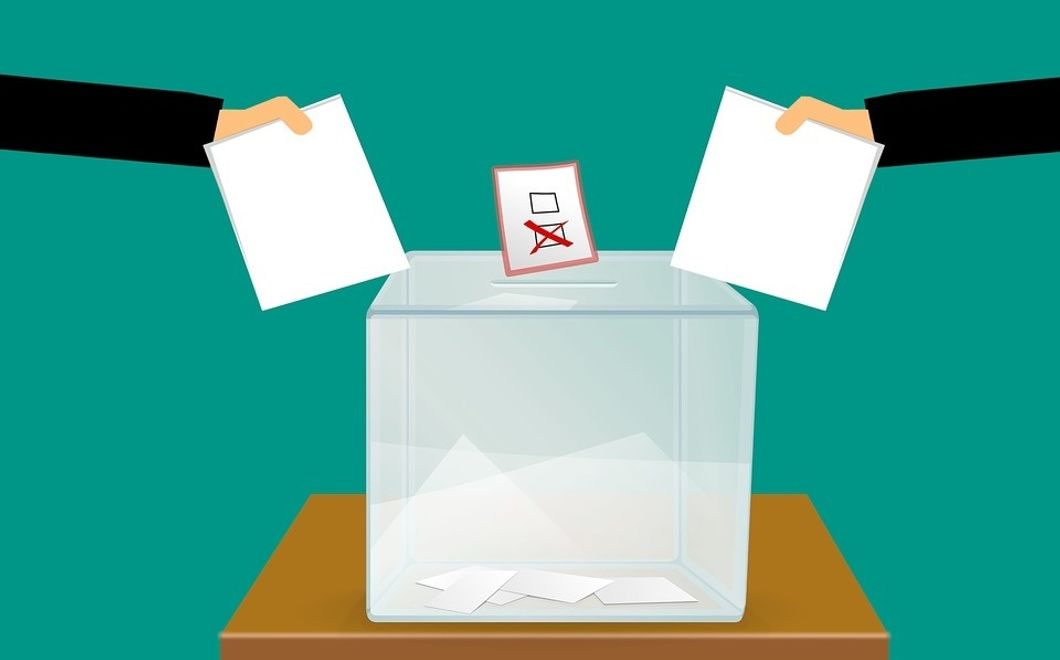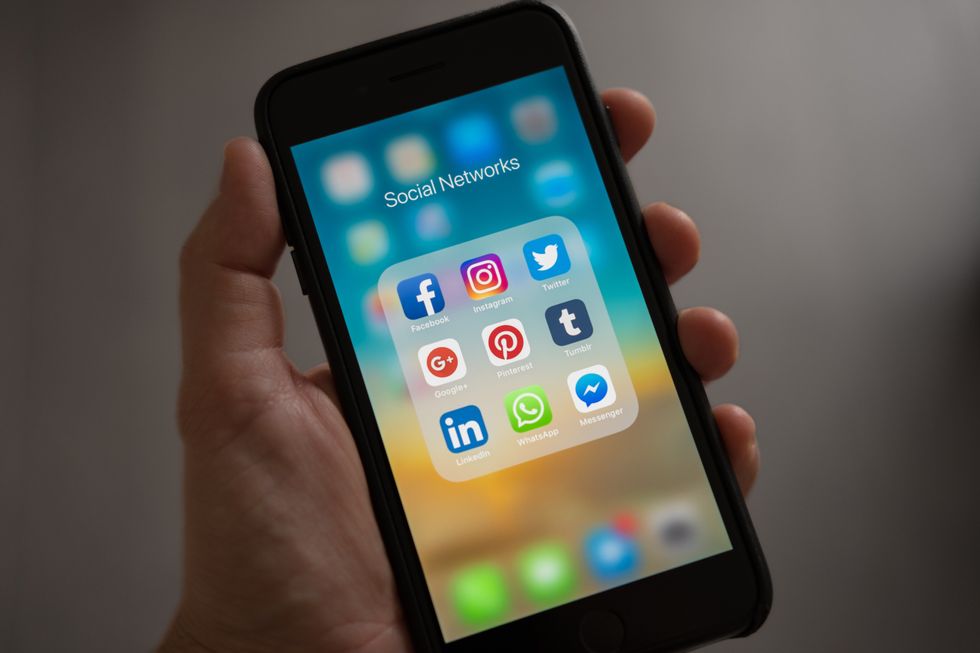Social media can save our democracy
Nothing has quite captured the trigger-happy political energy of the 2020’s like social media. But it also has the incredible potential to bolster civic engagement. In the age of apathy, we need all the help we can get.
This is a response to How Social Media is Changing Politics.
We’ve all seen the posts.
Bright, flashy and attention grabbing, Instagram infographics dominate the social media political scene. Catchy one liners turn into conspicuous campaigns, and soon enough everyone you follow is reposting the same content as feeds overflow with the cookie-cutter slogans.
Now, it’s easy to pinpoint the shortcomings of this mass proliferation. Misinformation is spreading like wildfire across TikTok, Twitter and Instagram. In its worst forms, it is deliberately snowballed by outside entities aiming to undermine trust in elections, with recent examples including the United States midterms and Brazil’s presidential election. No less sinister are the echo chambers that algorithms create for social media audiences, suppressing different viewpoints in the process.
However, bemoaning the alleged destruction of respectable political discourse on social media platforms is far from productive. In fact, social media platforms have already catalyzed incredibly positive change in the way we discuss politics and whom we include in democratic processes.
Democratizing politics
For too long, politics has been a rich man’s game, a conversation reserved for the elites. But social media has opened the floodgates by letting every user have a voice.
We especially see an encouraging upward trend in political participation from young people as a result. According to a 2020 Tufts University study, over 60% of young people feel that creating social media content “helped them feel more informed, represented, and heard”. Another study found that youth online activism translated directly to offline activism, refuting previous critiques that social media only promotes performative “slacktivism”.
What’s particularly cheering is that young people who otherwise wouldn’t be engaged by traditional media outlets are finding their voices on social media. Due to how easy political content is to navigate and consume on these apps, they are able to attract and mobilize bigger audiences. With young people driving turnout in the recent midterms, they are a demographic that we cannot afford to ignore.
Reducing entry barriers to getting elected
With growing resentment toward out-of-touch politicians in Washington, people are eager to usher in fresh and diverse perspectives into office. Social media gives up-and-coming candidates a free platform to disseminate campaign information, lowering previously high barriers of entry into the political scene. This helps our democracy stay vibrant and plural, so voters can race to the polls to cast a ballot for candidates they are actually enthusiastic about.
Younger and more politically progressive candidates benefit from this increased engagement, with more Gen Z candidates running for local and state offices and even winning seats in Congress. Without social media, this unprecedented tide of young Congress hopefuls would never be possible.
American politics is convoluted, and oftentimes social media can exacerbate its existing issues. However, in a fraught time that’s critical to the survival of democracy, social media has shown its potential to drive civic participation and make politics more inclusive. If repetitive, neon-colored infographics and 90 second reels are what it takes to overcome apathy and engage more people in political conversations, then bring them on.


























